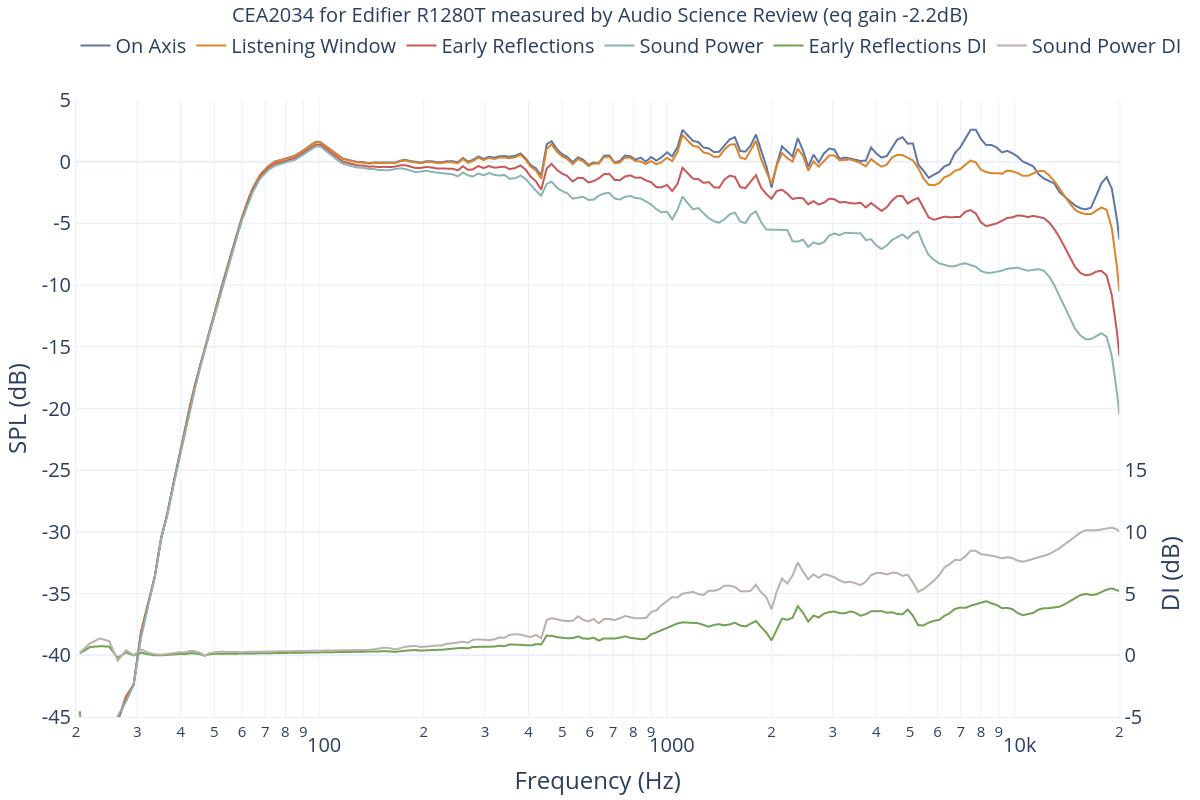Suddenly? Didn't you not read me repeatedly saying how much personal research I performed before accepting Dr. Toole's compelling view? And what is the alternative? Listening to Joe random online? Or reading and understanding this paper:
LOUDSPEAKERS AND ROOMS FOR STEREOPHONIC SOUND REPRODUCTION
FLOYD E. TOOLE National Research Council of Canada, Ottawa, Ont., KIA OR6,Canada
For which Dr. Toole received a Silver Medal from Audio Engineering Society? This paper was published back in 1990 or 23 years ago. In there, you see graphs like this:
View attachment 290184
Making a safe bet that you don't know how to read this graph, let me interpret it for you. It says that in the common domestic rooms where delays are below 10 milliseconds for a lateral reflections (10 foot longer path length),
to hear what you think is bad, i.e. distinct reflections, the reflection needs to actually be louder than the direct signal! I have marked the 0 dB line indicating this (and the dashed/solid lines based on Haas and Meyer/Schodder research). This is obviously is not going to happen in any room unless it is the shape of a circle or something. So whatever you gut tells you here is wrong.
At the other extreme, the threshold of hearing if there is a reflection at all, is -15 dB or so. In other words, it doesn't take much for the side reflection to become inaudible.
In the middle we have image shift or spreading of the sound away from the speaker -- the very thing many listeners like.
Notice how the graph is composition of research by others plus that of Dr. Toole's team. And all of it is before Dr. Toole arrived at Harman.
So lets see: we listen to you or a man who has dedicated his 50+ year career to this topic. Thinking...thinking... I think I will go with Dr. Toole and all the other researchers instead of what you have to say.







